Keep Track Of The Details With The Best New Construction Inspection Company In Florida
Are you building the home of your dreams in Tampa and Ocala? Choose our new construction inspection services that involve a thorough evaluation of a newly built home by our new construction inspectors. We navigate the complexities of new construction projects.

SafeGuard Your Dream Home With New Construction Inspection Services
Building the home of your dreams is exciting, but even newly constructed houses can have defects. Whether you are purchasing a brand-new home in Orlando, FL, or Gainesville, FL, we provide foundation inspection services to ensure your home is safe, structurally sound, and built to the highest standards.
At Professional Property Inspections LLC, our final inspection experts specialize in 11-month warranty inspections, along with the best pre-drywall inspection services. Our team of expert inspectors ensures a comprehensive assessment of your home. Our experienced professionals are ready to make sure that your new dream home doesn’t turn into a nightmare with a new-home inspection.
Choose Our New Construction Services In Florida
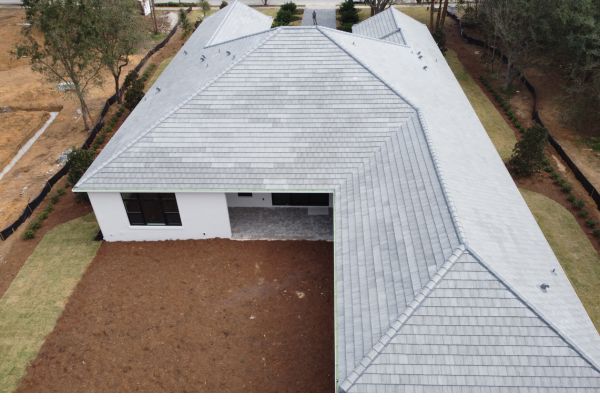
Best Foundation Inspection Services
As a professional foundation inspection company in Daytona Beach & melbourne, we aim to assess the structural integrity of the building. Our affordable foundation inspection experts conduct a detailed inspection of your property. With the help of our reliable foundation inspectors, we seamlessly identify the potential damage and issues.
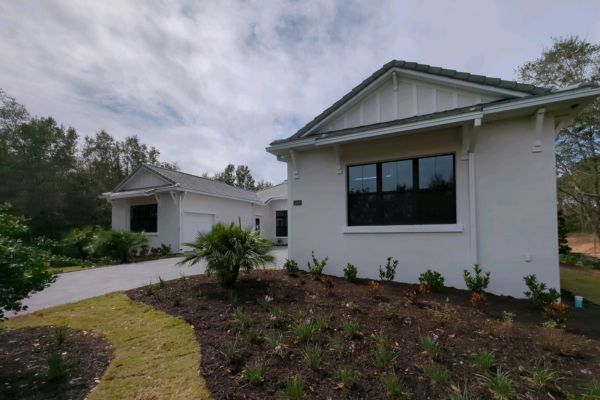
Affordable Pre-Drywall Inspection Services
As the best pre-drywall inspection company, we have employed a team of professional pre-drywall inspection specialists. They conduct a detailed inspection of your new home’s structure before the installation of drywall. Our reliable pre-drywall inspection experts ensure that everything is in perfect condition in your home in Sarasota.
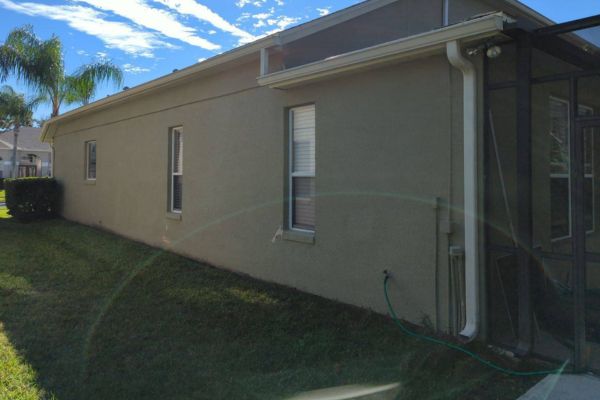
Professional Final Inspection Services
As the affordable final inspection company, we understand the importance of identifying the potential issues. Our best final inspection experts perform a final evaluation of the newly constructed building. Our best final inspection specialists ensure that there are no defects or issues in the structure of the building.
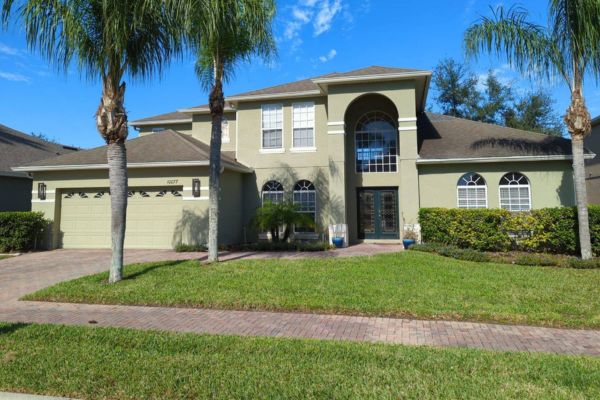
11-Month Warranty Inspection Services
Our professional 11-month warranty inspection specialists conduct 11-month inspections after the building of the new home is completed, before the one-year warranty ends. Our affordable 11-month home inspection experts in St. Petersburg, FL, identify the damages. As the best 11-month warranty inspection company, we ensure your home remains problem-free.
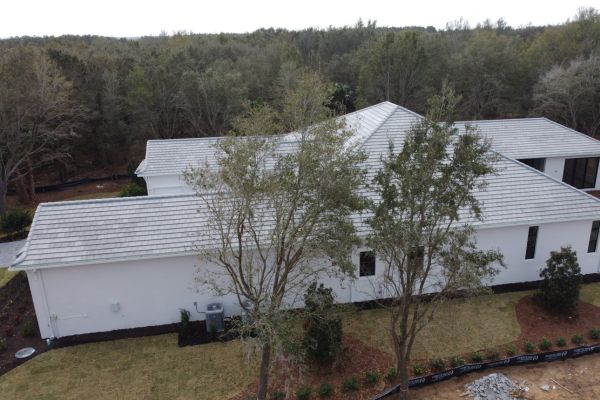
One-Year Warranty Inspections
We conduct a residential one-year inspection around the 11th month in Kissimmee, after a new home's completion. Our professional one-year warranty inspectors help identify potential issues covered under the builder's warranty, allowing homeowners to get repairs done by the builder at no extra cost.
Schedule Your Inspection Today!
Get a thorough, professional home inspection with same-day reports. Whether it’s a new construction or an existing home, we provide the insights you need to make informed decisions.
Why Choose Our Residential And Commercial Property Inspectors?
The Best Property Inspection Specialists at Professional Property Inspections LLC conduct a detailed assessment of a property’s condition, helping buyers, sellers, and landlords make informed decisions and avoid costly repairs or legal disputes.
Identify Potential Issues: Our detailed property inspection services reveal hidden problems such as structural defects, faulty wiring, or plumbing issues, allowing buyers to make an informed decision.
Ensure Safety: Our affordable property inspection services help ensure the property meets safety standards and identify potential hazards, ensuring the home is safe.
Peace of Mind: Our thorough inspection provides peace of mind by giving a clear understanding of the property’s condition and helping buyers avoid unexpected repair costs.
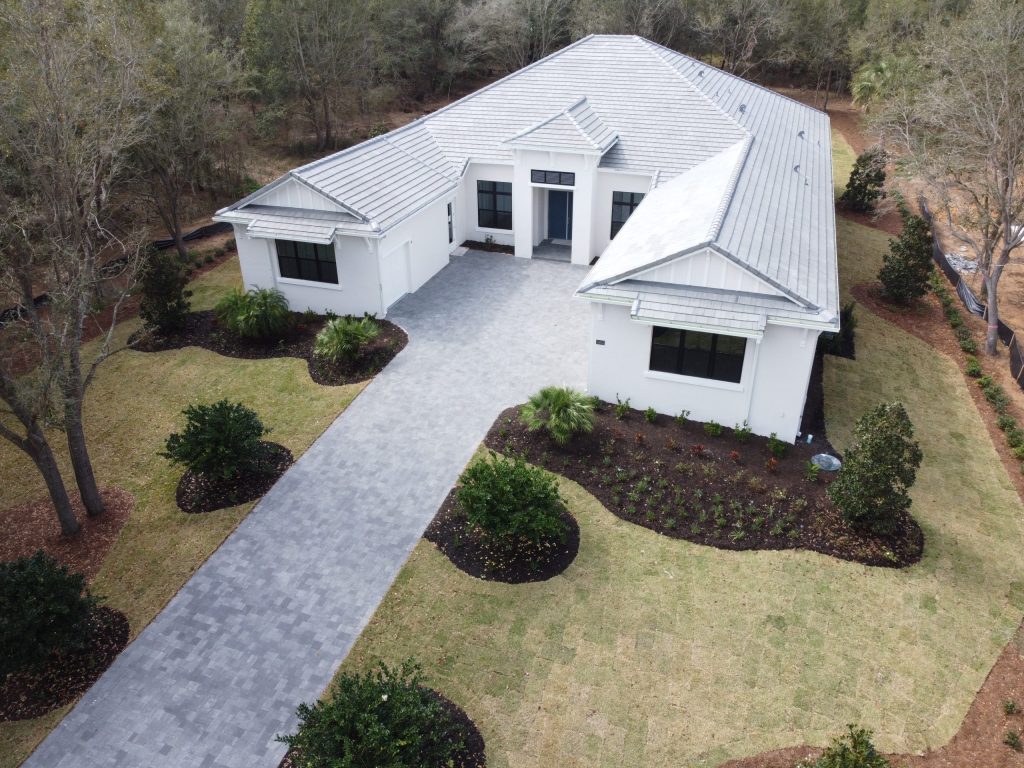
1
Pre-Pour Inspection
This process verifies the proper installation of the framework and the reinforcement steel. Inspectors look for any defects or issues with the formwork or rebar that could compromise the foundation’s strength.
2
Pre-Drywall Inspection
This inspection is conducted before the walls are covered with drywall.
It allows inspectors to assess the quality of framing, plumbing, electrical, and HVAC systems while they are still visible.
3
Final Inspection
This inspection takes place before the homeowner takes occupancy of the new home. It ensures that all work is completed according to the plans and building codes.
(FAQs) – New Construction Inspections
Many homeowners assume a new build means a flawless home, but hidden issues can arise at any stage of construction. Our comprehensive inspections ensure quality, safety, and long-term durability, giving you confidence in your investment. Here are some common questions to help you understand the
Absolutely! We allow the homeowners to attend the inspection so we can walk them through our findings and answer any questions in real time.
Builders usually offer a one-year warranty on new homes. This inspection, done around 11 months, identifies any defects while they are still covered for free repairs.
Mostly, the inspections are done under these four stages: foundation, pre-drywall, final inspection, and an 11-month warranty before the builder’s warranty expires.
An inspection is necessary because even new homes can have construction defects due to rushed timelines, overlooked details, or improper installations.
CONTACT
For more information contact us and to get a Quote.
Address
3448 Shallow Cove Lane, Clermont, Florida 34711, United States
Office Hours
Mon - Fri: 08:00AM - 05:00PM
Saturday: By appointment
Sunday: Closed
